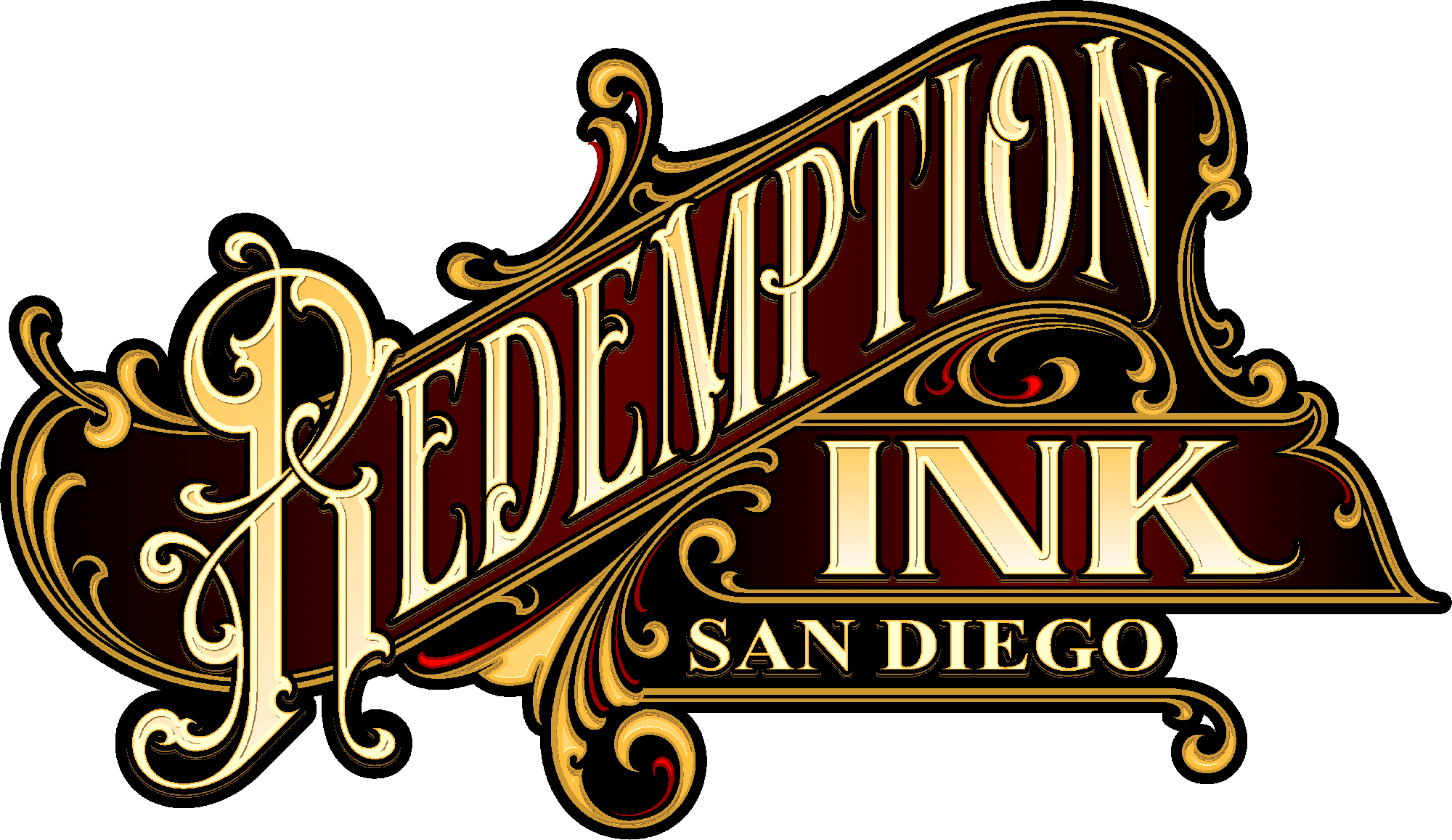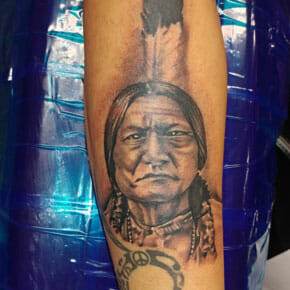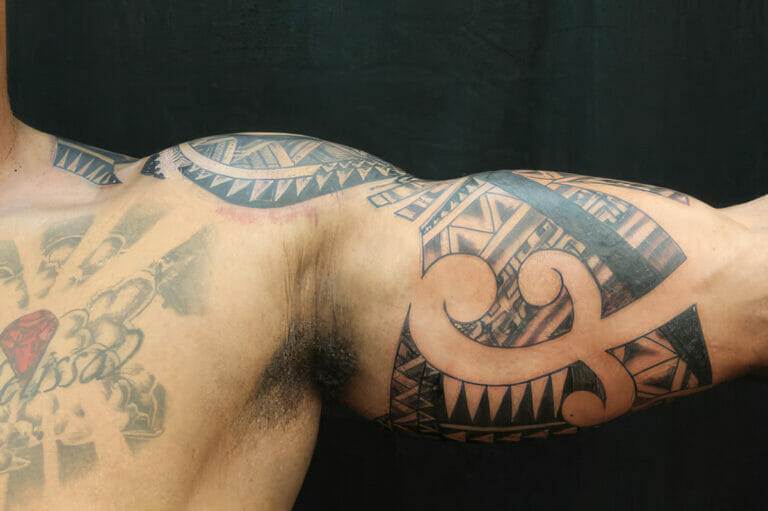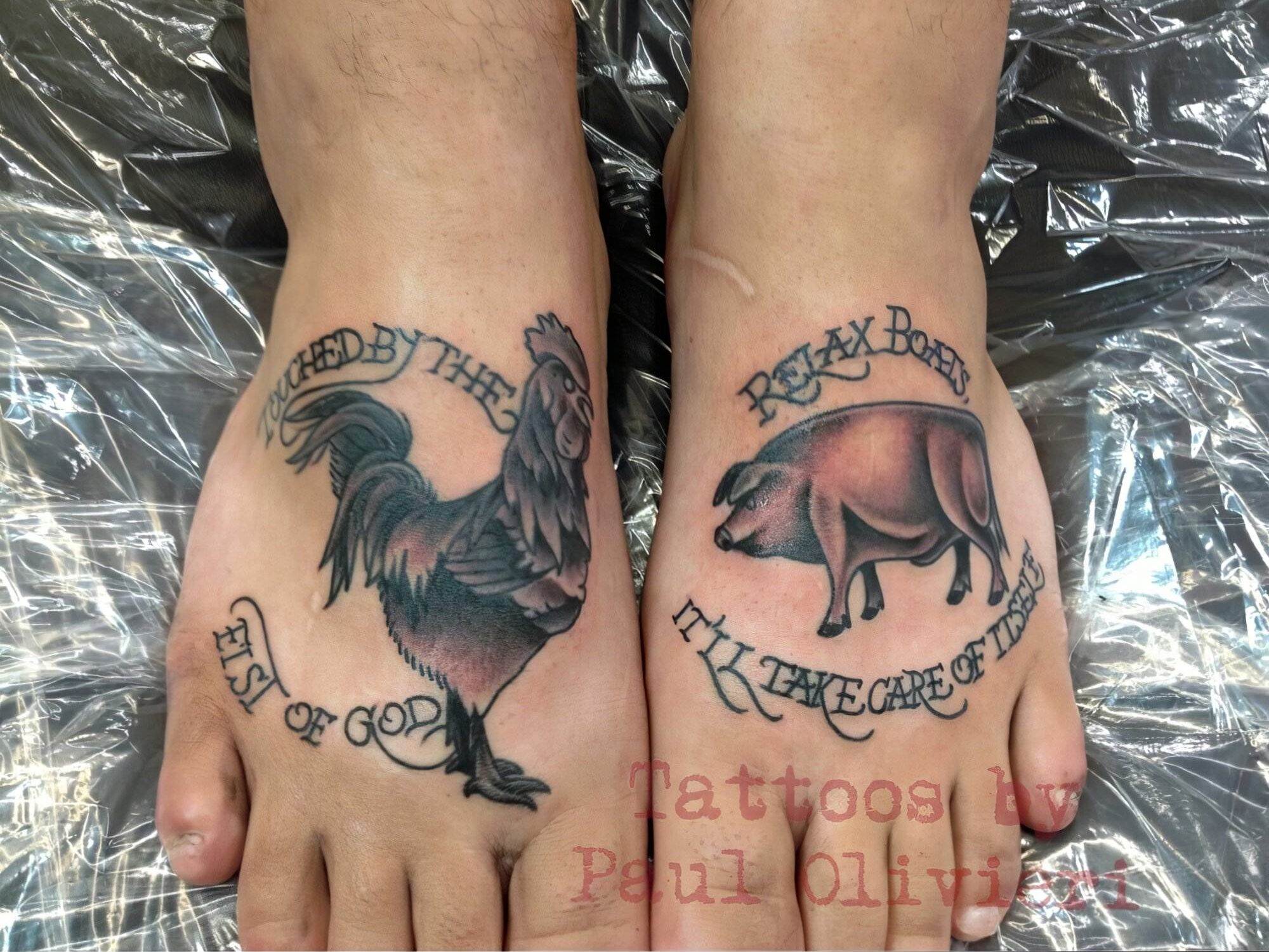
In the realm of tattoo artistry, script and typography hold a significant place, serving as a powerful means of expression. The choice of font can convey emotions, tell stories, and encapsulate personal philosophies. Unlike other design elements, typography in tattoos is not merely decorative; it carries weight and meaning.
A well-chosen font can transform a simple phrase into a profound statement, making it essential for individuals to consider their options carefully. The right script can evoke feelings of nostalgia, strength, or love, while a poorly chosen one may dilute the intended message or aesthetic. Moreover, the importance of script extends beyond the words themselves.
It influences the overall composition of the tattoo, harmonizing with other design elements such as imagery and color. A tattoo that features elegant cursive script may evoke a different emotional response than one rendered in bold block letters. This interplay between typography and design is crucial for creating a cohesive piece that resonates with the wearer and those who view it.
Thus, understanding the significance of script and typography is fundamental for anyone considering a tattoo that incorporates text.
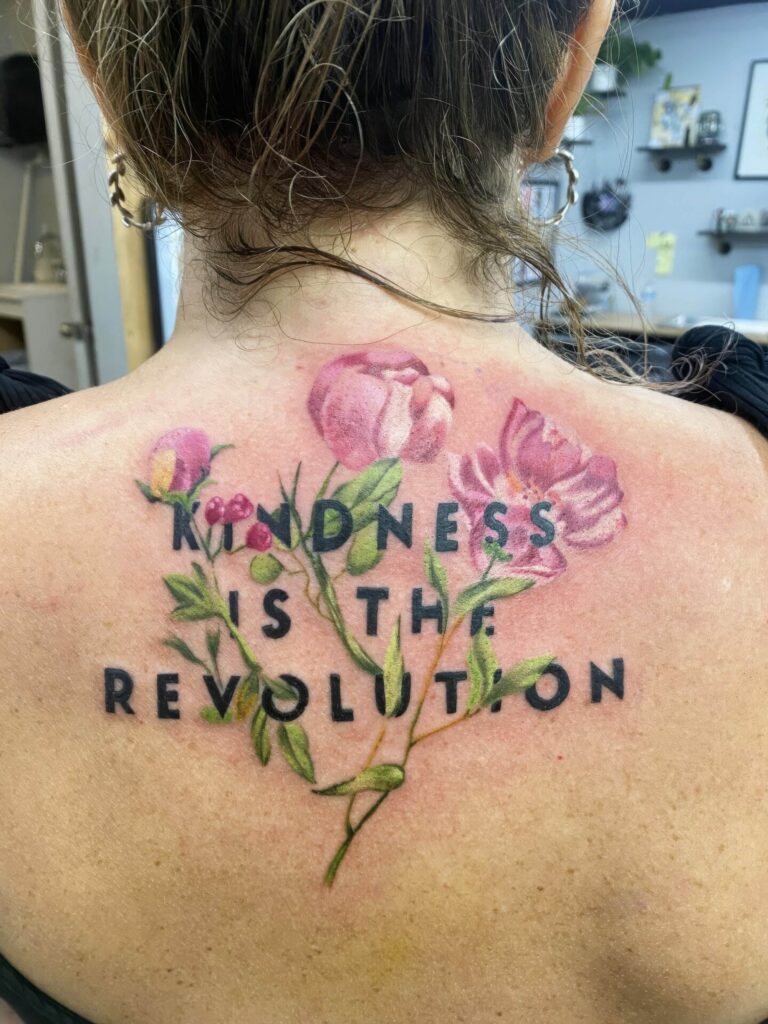
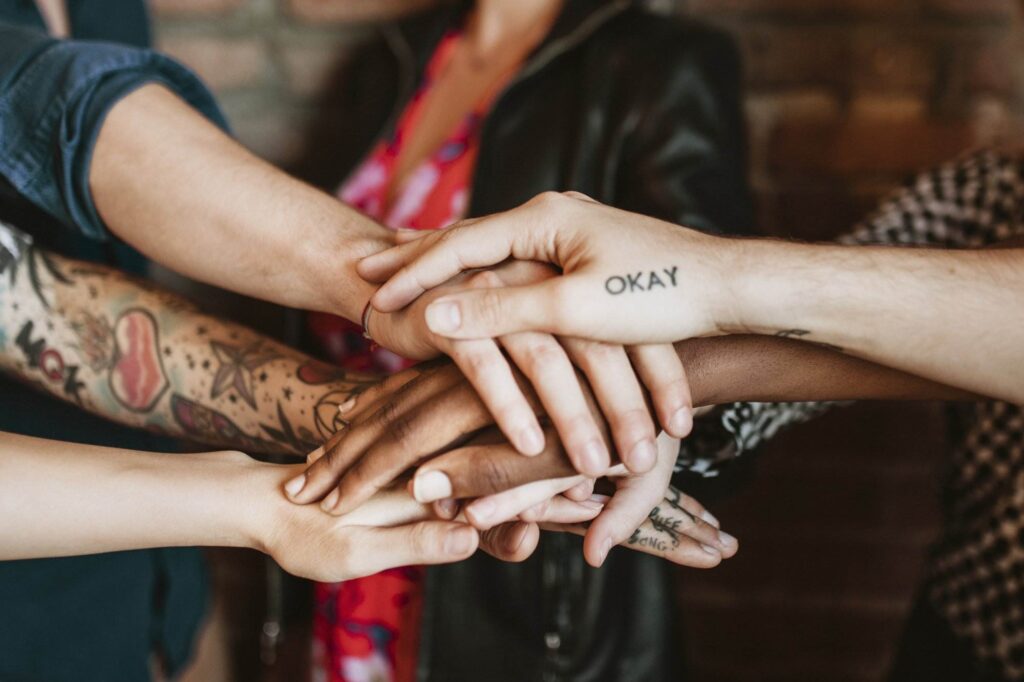
Key Takeaways
- Script and typography play a crucial role in tattoo design, as they convey the message and style of the tattoo.
- Different styles of fonts for tattoos include traditional, calligraphy, old English, and modern fonts, each with its own unique characteristics.
- When choosing the perfect font for your tattoo, consider factors such as readability, size, placement, and the overall aesthetic of the design.
- Popular fonts like Old English, script, and gothic fonts carry meanings of tradition, elegance, and strength in tattoo design.
- Customizing fonts allows you to personalize your tattoo to reflect your individual style and convey a specific message.
Understanding the Different Styles of Fonts for Tattoos
Tattoo fonts come in a myriad of styles, each with its unique characteristics and connotations. Traditional serif fonts, for instance, often exude a sense of timelessness and authority. These fonts feature small lines or embellishments at the ends of their strokes, giving them a classic appearance that can be particularly striking when used in larger pieces.
On the other hand, sans-serif fonts offer a more modern and clean look, making them popular choices for minimalist designs. Their simplicity can enhance readability while maintaining an elegant aesthetic. Script fonts are another popular category in tattoo design, characterized by their flowing lines and cursive style.
These fonts can range from delicate and ornate to bold and expressive, allowing for a wide range of emotional expression. Gothic fonts, with their intricate details and historical roots, can evoke a sense of mystery or rebellion. Each font style carries its own cultural significance and emotional weight, making it essential for individuals to explore various options before settling on a design that truly reflects their personality and message.
Factors to Consider When Choosing the Perfect Font for Your Tattoo
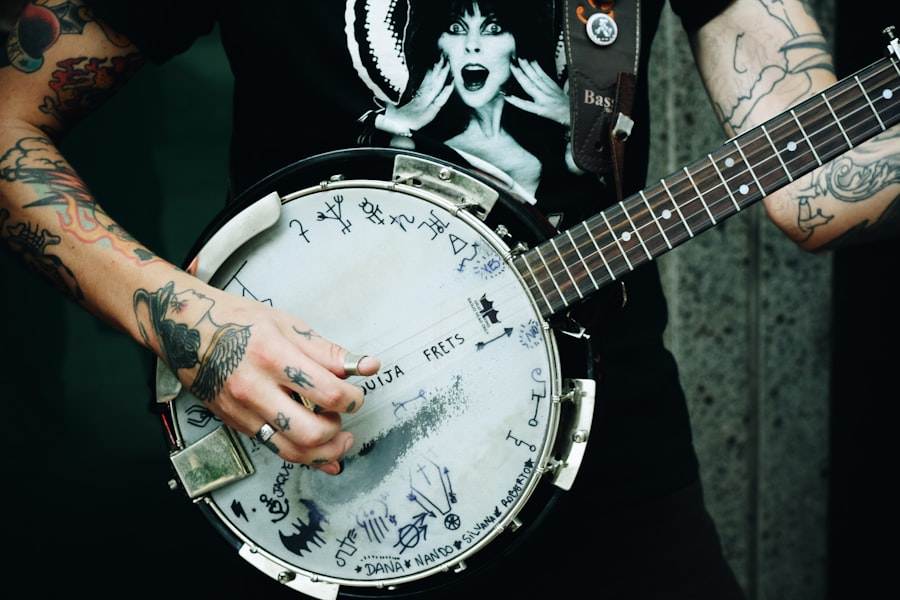
When selecting the perfect font for a tattoo, several factors come into play that can significantly impact the final outcome. One of the primary considerations is legibility. A beautifully designed font may lose its impact if it is difficult to read, especially when inked on the skin.
It is crucial to choose a font that remains clear and recognizable at various sizes and distances. This is particularly important for tattoos that feature longer phrases or intricate designs where clarity is paramount. Another factor to consider is the emotional resonance of the font.
Different styles evoke different feelings; therefore, it is essential to reflect on what you want your tattoo to communicate. For instance, if you are looking to convey love or tenderness, a soft script font may be more appropriate than a harsh Gothic typeface. Additionally, personal significance plays a vital role in font selection.
A font that holds special meaning or connection to your life experiences can enhance the overall impact of the tattoo, making it not just an aesthetic choice but also a deeply personal one.
Popular Fonts and Their Meanings in Tattoo Design
Certain fonts have gained popularity in the tattoo community due to their distinct characteristics and meanings. For example, the “Old English” font is often associated with tradition and heritage, making it a popular choice for those wishing to honor their ancestry or cultural background. This font’s intricate design can add an air of sophistication to any tattoo, but it also requires careful consideration regarding legibility.
Conversely, modern script fonts like “Lobster” or “Pacifico” have become favorites among those seeking a more contemporary feel. These fonts often convey a sense of playfulness and creativity, making them ideal for tattoos that celebrate individuality or artistic expression. Additionally, handwritten fonts have surged in popularity as they offer a personal touch, mimicking one’s own handwriting and adding an intimate layer to the design.
Each of these popular fonts carries its own connotations and associations, making it essential for individuals to choose one that aligns with their intended message.
Customizing Fonts to Suit Your Personal Style and Message
Customization is key when it comes to selecting a font for your tattoo. Many tattoo artists offer the option to modify existing fonts or create entirely new ones tailored to your vision. This process allows individuals to infuse their personality into the design while ensuring that it resonates with their unique message.
Customizing a font can involve altering letter shapes, adjusting spacing, or even combining elements from different styles to create something truly one-of-a-kind. Moreover, customization can also extend to incorporating symbols or imagery alongside the text. For instance, adding floral elements or geometric shapes can enhance the overall aesthetic while reinforcing the message behind the words.
This level of personalization not only makes the tattoo more meaningful but also ensures that it stands out as a unique piece of art on your body.
The Role of Script and Typography in Enhancing the Overall Tattoo Design
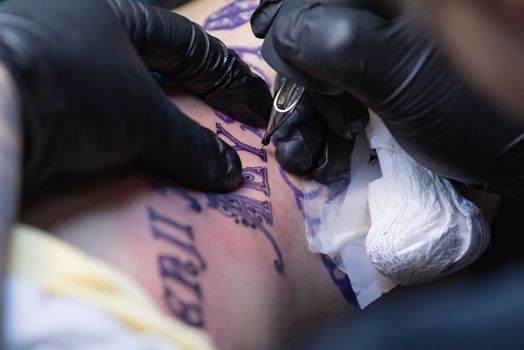
Script and typography play an integral role in enhancing the overall design of a tattoo. When thoughtfully integrated with other visual elements, typography can create a harmonious composition that draws the eye and captivates viewers. The placement of text within a design can influence how it interacts with surrounding imagery, creating balance and flow throughout the piece.
For example, wrapping text around an image or placing it within a banner can create depth and dimension. Additionally, typography can serve as a focal point within a tattoo design. A striking font can command attention and become the centerpiece of the artwork, while other elements support its message without overshadowing it.
This balance is crucial for achieving an aesthetically pleasing result that resonates with both the wearer and those who admire it.
Tips for Working with a Tattoo Artist to Incorporate the Perfect Font into Your Design
Collaborating with a tattoo artist is essential when incorporating typography into your design effectively. One of the first steps is to communicate your vision clearly; sharing examples of fonts you like or discussing your desired emotional tone can help guide the artist in creating something that aligns with your expectations. Be open to their suggestions as well; experienced artists often have valuable insights into what works best on skin and how different fonts may translate during the tattooing process.
Additionally, consider requesting mock-ups or sketches before committing to the final design. This allows you to visualize how the chosen font will look in conjunction with other elements and make any necessary adjustments before the tattooing begins. Remember that this is your body art; taking an active role in the design process ensures that you end up with a piece that you will cherish for years to come.
Maintaining the Integrity of the Font in the Tattooing Process
Once you have settled on a font and design, maintaining its integrity during the tattooing process is crucial for achieving the desired outcome. The skill of the tattoo artist plays a significant role here; an experienced artist will know how to handle intricate lettering without compromising its clarity or detail. It’s important to discuss any concerns you may have about how certain aspects of the font might translate onto skin.
Aftercare is equally important in preserving the integrity of your tattoo’s typography. Following proper aftercare instructions helps prevent fading or distortion over time, ensuring that your chosen font remains as vibrant as when it was first inked. Regular moisturizing and sun protection are key components in maintaining not just the appearance of your tattoo but also its message—keeping your words clear and impactful for years to come.
In conclusion, script and typography are vital components in tattoo design that deserve careful consideration. From understanding different font styles to customizing them for personal expression, each decision contributes to creating meaningful body art. By collaborating effectively with tattoo artists and prioritizing aftercare, individuals can ensure that their chosen fonts remain vibrant and true to their intended message throughout their lives.

FAQs
What is the importance of choosing the right font for a tattoo design?
Choosing the right font for a tattoo design is important because it can greatly impact the overall look and feel of the tattoo. The font should complement the meaning and style of the tattoo, and it should also be legible and timeless.
What are some popular script and typography styles for tattoo designs?
Some popular script and typography styles for tattoo designs include traditional, old English, calligraphy, typewriter, and handwritten fonts. Each style has its own unique characteristics and can convey different emotions and meanings.
How can I ensure that the font I choose for my tattoo design is legible?
To ensure that the font you choose for your tattoo design is legible, it’s important to consider the size and placement of the tattoo. Additionally, choosing a font with clear and distinct lettering can help improve legibility, especially for smaller tattoos.
What factors should I consider when choosing a font for my tattoo design?
When choosing a font for a tattoo design, it’s important to consider the meaning and style of the tattoo, as well as the size and placement of the design on the body. It’s also important to consider the longevity of the font and how it will age over time.
Can I customize a font for my tattoo design?
Yes, you can customize a font for your tattoo design. Many tattoo artists are skilled in hand-lettering and can create custom typography to fit your specific design and preferences.
